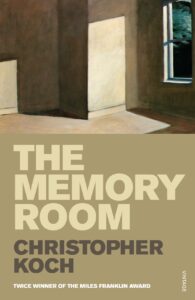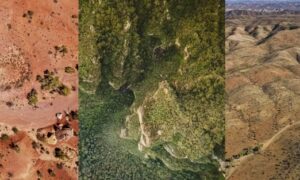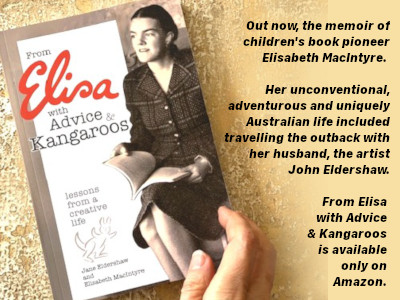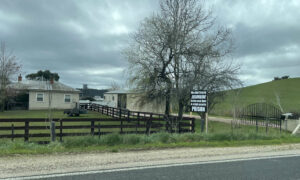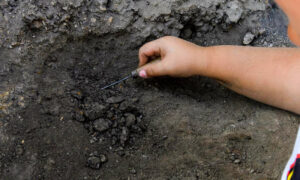Summary
Vincent Austin and Erika Lange dream of becoming spies. After ASIS recruits Vincent as an intelligence officer, Erika joins Foreign Affairs. The fantasies of youth become a reality for them, but they lead to a tragic climax.
Review
The Memory Room, published in 2007, is Christopher Koch’s seventh novel.
Although set in a world of spies, it spends little time showing how spies live and operate. Instead, it focuses on the characters’ personal journeys and serves as a study of folie a deux, a pathological condition in which two people share a common set of fantasies and delusions.
Despite this, the novel fails to reach a standard of high quality. While the writing is flawless and the dialogue between characters is believable, the storyline is dull and repetitious. In fact, the plot is basically a series of loosely-connected scenes from the three main characters’ lives. On top of this, all the characters – except for Vincent and Erika – are two-dimensional.
The Memory Room is underwhelming compared to Koch’s other novels. I believe more of a focus on espionage was needed to make it more interesting.
Tasmania in The Memory Room
Vincent and Erika were raised in Tasmania, which significantly influenced them growing up. For example, the farm in the Coal River Valley that Vincent grew up on helps shape his obsession with secrecy and espionage. In his own words, the farm “was, after all, a territory of secrets, as such old properties are, in Tasmania: secrets, in the case of ‘Wattle Grove’, going back to the 1840s, when George Austin, my great-grandfather, purchased it. That was when Tasmania was still Van Diemen’s Land, and the farm was worked by convict servants.”
During the eighteenth and nineteenth centuries, many people believed in the idea of ‘moral character’, which held that a person’s behaviour was determined by their upbringing and social environment. This led many people to believe convicts must have been raised in an environment that lacked moral guidance or were inherently immoral. Additionally, society also viewed people with a connection to a convict as morally corrupt. This is why many Australian families kept their convict ancestry a secret for most of the twentieth century.
The Memory Room’s descriptions of Tasmania – as well as the other settings – are expertly written. They are poetic yet simple. Among the most memorable is this one, told from Vincent’s point of view:
“It was a fine, clear spring afternoon, and when we reached the summit of the hill, stopping in the long dry grass under a drooping she-oak, we were gazing over a view to the north that extended for miles first, my father’s pastures, beautifully green with new spring grass, then the distant paddocks of the Paterson property, and finally, very far off, the low hills and ranges, yellow-gold and then smoke-blue.”
About Christopher Koch
Christopher Koch (1932-2013) was born and raised in Tasmania. He attended the University of Tasmania and later worked as a radio producer at the ABC in Sydney.
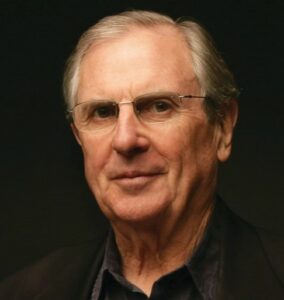
Christopher Koch.
His first novel, The Boys in the Island, was published in 1958 and was set in Tasmania.
After becoming a full-time writer in 1972, Koch wrote many other novels, including The Year of Living Dangerously, which was adapted into a successful film in 1982.
Koch won the prestigious Miles Franklin Award twice: the first time for his 1985 novel The Doubleman, and the other for Highways to a War, which was published in 1995.
Also in 1995, he was awarded an Order of Australia for his services to literature.
Koch’s work explores themes of colonialism, cultural clashes, and personal identity. He has been praised for his lyricism and intricate plotting.
When he died in 2013 at the age of 81, Koch left behind a legacy as one of Australia’s most celebrated and influential novelists.
Callum J. Jones studied English, History, and Journalism at the University of Tasmania. He has written fiction and non-fiction for Tasmanian Times since 2018, and can be traced by the smell of fresh coffee.
Follow him on Twitter (@Callum_Jones_10) and Facebook (@callum.j.jones.creative).


